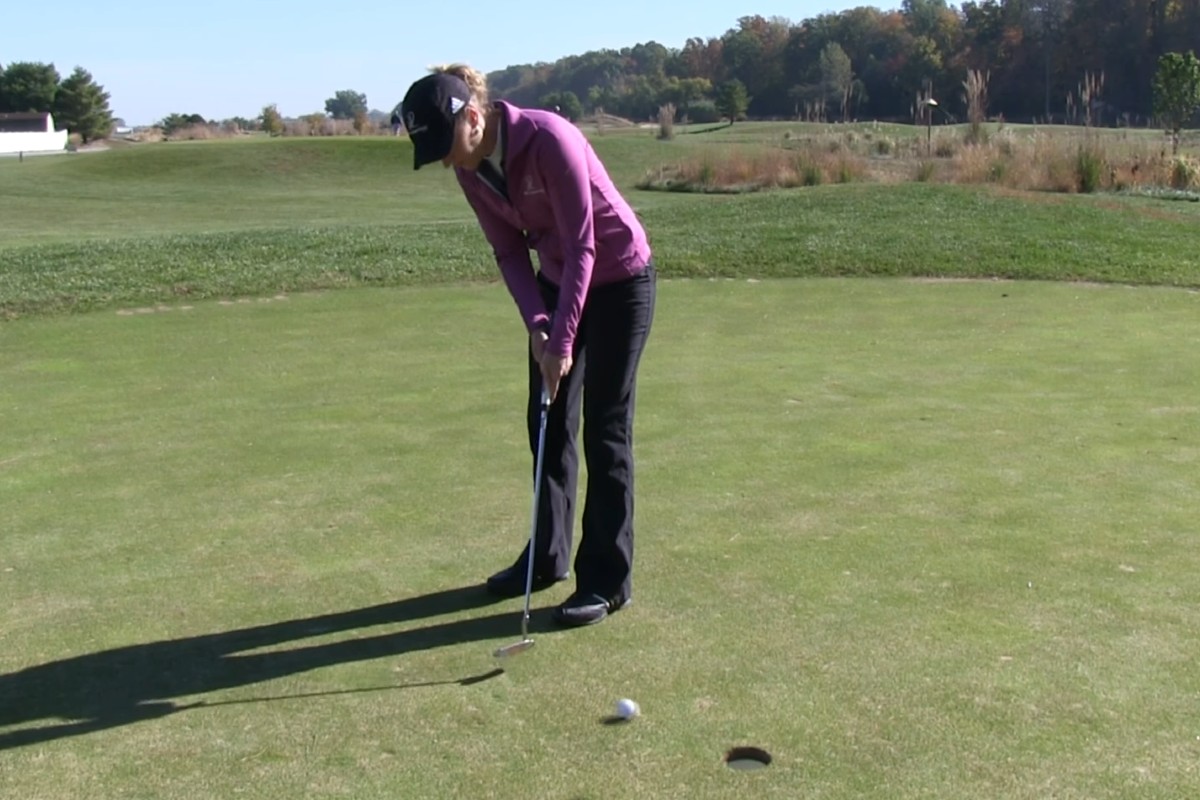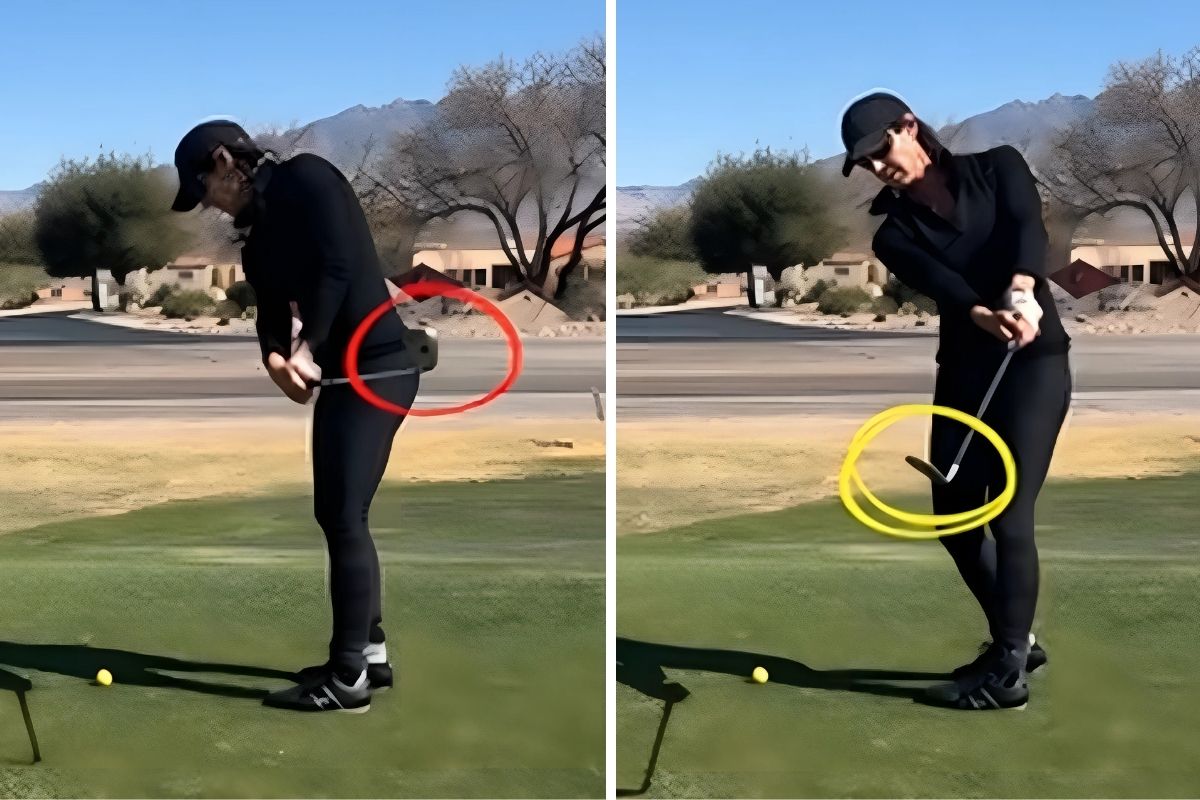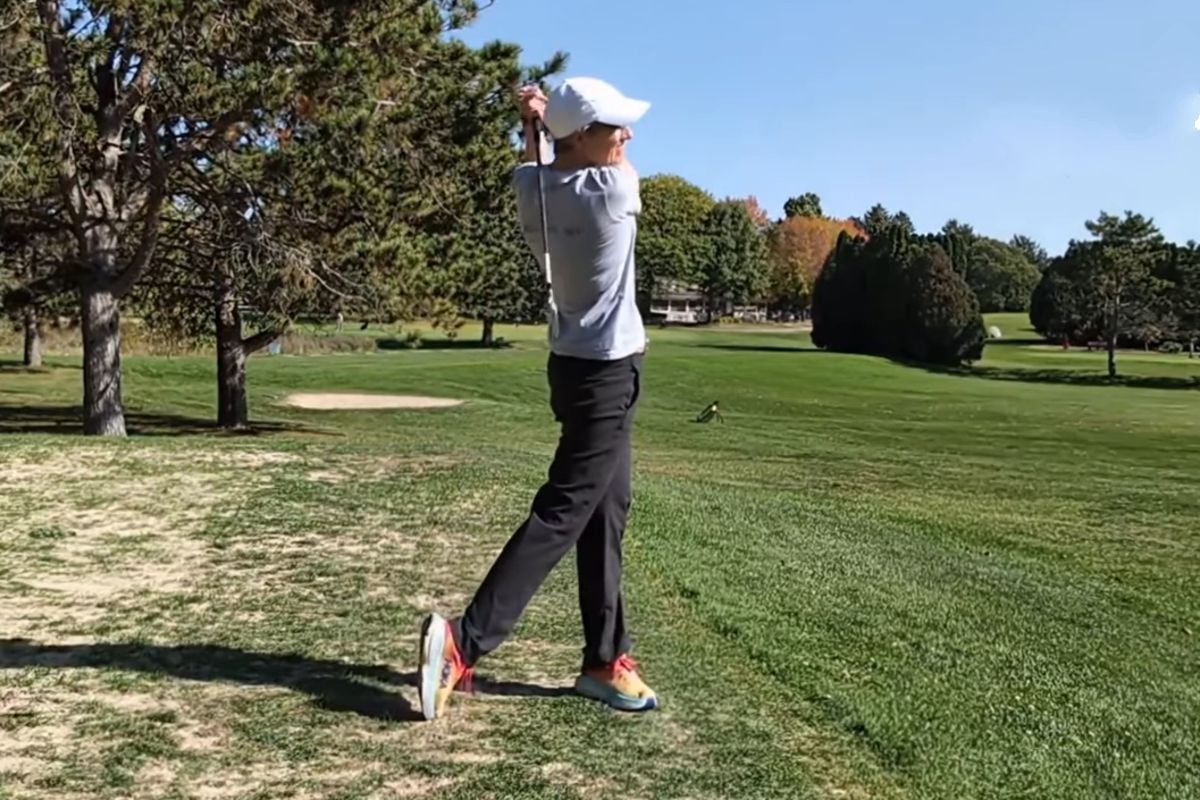By far, one of the most popular questions on putting is how to approach a severely breaking short put (2-3 feet). I think this is such a problem area for many players because no one expects to miss short putts and it seems like such a wasted shot whenever they do. Even though they don’t expect to miss short putts, the best players in the world are nervous when facing them when there is a lot on the line especially if they have a considerable amount of break to them.
What’s Your Style?
Part of the challenge with these putts is there’s a pretty big decision that has to be made when you face them. Do you play less break and hit them firm into the center of the cup, or do you play more break and let them die into the hole? The problem is there is no definite right answer as both strategies work well. Different golfers have different styles and when facing short putts with a sharp break it’s best that they stay consistent with their own personal style. As you may have noticed the more vibrant players on tour that talk fast and walk fast also tend to have a quick swing tempo and a more aggressive putting stroke. Then there are those that stroll leisurely down the fairway, talk slower, swing smooth and love to lag the ball up to the hole and watch it die into the cup.
If you haven’t found your own style yet and are uncomfortable with these putts my recommendation is to play less break and hit it firm. I feel this strategy is beneficial and may help you for the following reasons.
- Spike Marks – Especially by the end of the day the area around the hole gets super bumpy with spike marks. Even though soft spikes have helped us to keep the greens smoother, they still provide enough dents and depressions in the green to affect the roll of your ball.
- Foot Prints – For the same reason spike marks affect the area around the cup more than any other part of the green foot prints do some damage as well. Think about it. All day long golfers are walking up to the cup, putting a food down about a foot away from it and bending down to grab their ball out of the hole. This provides a large number of indentations around the hole that will make your ball bounce and definitely send if off line if it doesn’t have enough speed.
- Cup Raising – Have you ever noticed how as the day goes on the cup tends to raise up out of the ground a bit? This effect along with everyone stepping down around the hole provides a little volcano effect. If you don’t hit the ball firm it’s going to turn sideways as it reaches the top of the volcano just before it has time to drop in the hole.
- Deceleration – Perhaps the most important reason I feel hitting it firm is a good decision for most golfers is that I’ve seen all too many try to be too delicate. The result is decelerating and letting the face open or close. It’s very important to stay committed to the putt and accelerate through it even on a short putt. Be careful however, not to leave yourself a long one coming back. Hit it just firm enough to get there and roll only a foot and half past the cup should the unthinkable happen and you miss.
As I stated in the beginning of the article everyone has their own style. Practice enough that you find yours, but when in doubt I do think playing less break and hitting it firm is your best option for the four reasons I stated above.
The Situation:
You are trying to decide if you should hit a short putt that has a sharp break firm or if you should let it die into the hole.
The Solution:
Practice hard to find your own style which generally should match the style of the rest of your game. If however you aren’t sure or are struggling with short putts it’s best to play less break and hit the putt firm. Because spike marks, foot prints and the raising of the cup all make things choppy around the hole the last thing you want is a putt that is going to lose too much speed and fall off the break line. Decelerating is also a common problem when some golfers try to be too delicate. If you stay firm and commit, your chances of returning with a square face and keeping the ball on line are better.









